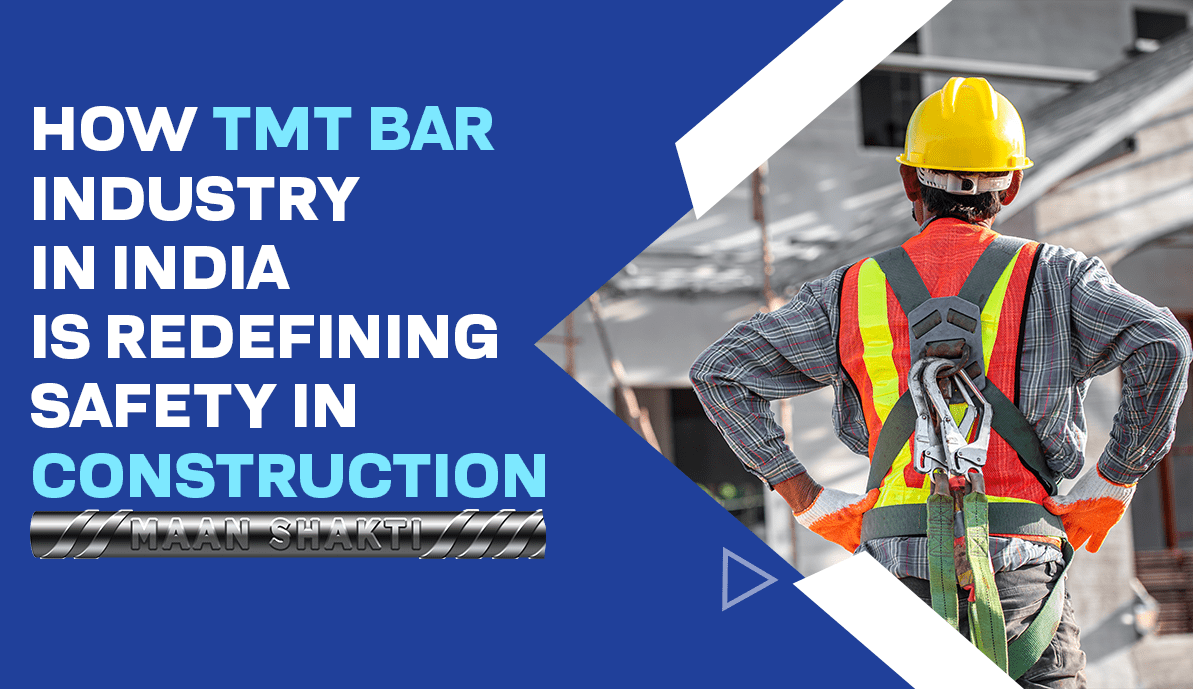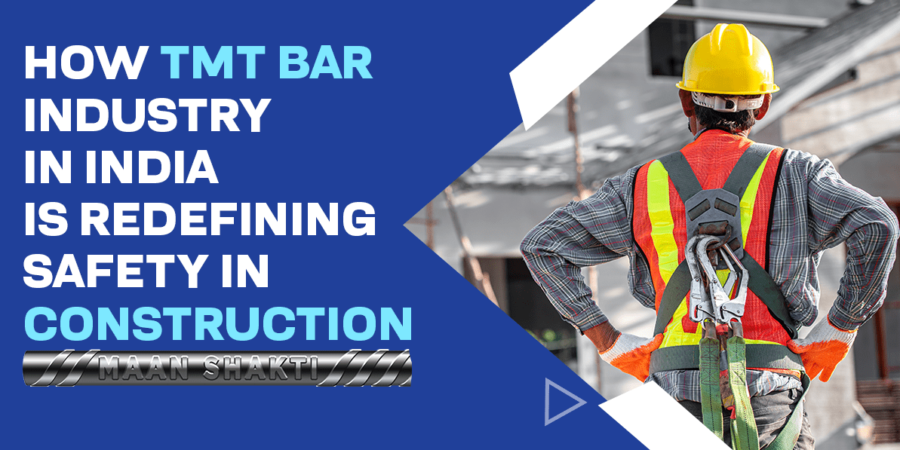India’s diverse landscapes, ranging from delta swamps to plains, rocky mountains to arid deserts, and more, pose significant challenges for the construction industry. Planning construction projects becomes quite complicated due to these geographical variations. This is because every construction method must consider the type of soil at the specific location. The complexity deepens when construction industries operate beyond their local areas, primarily due to changes in weather, soil conditions, and other natural factors.
There were many challenges in construction in the past before the leading TMT bars suppliers took India to greater and safer heights.
Challenges in Construction in the Past
In the past, construction companies faced a major hurdle with one raw material in particular: iron components used in construction. Back then, to build homes and structures, companies relied on iron rods and concrete slabs. The issue was that these materials easily rusted, affecting the durability of the structures and making them prone to repairs, leaks, and other major problems.
Introduction of TMT in India
To overcome these challenges, the introduction of Thermo-Mechanically Treated (TMT) bars marked a significant breakthrough. TMT bars not only addressed the rusting problem but also opened up opportunities for the construction industry to experiment with various construction methods. This standardized approach could be applied nationwide, irrespective of soil types, weather conditions, or other natural obstacles, thereby contributing significantly to India’s construction landscape.
The Rise of TMT in India
The introduction of TMT bars marked a turning point for the Indian construction sector. In a seismic zone like India, the high-quality TMT bars proved essential not only to combat natural geographical disparities but also to withstand calamities such as earthquakes and floods. This led to safer construction practices, which diverged from the traditional methods prevalent in the country. Consequently, the demand for top-quality TMT bars increased significantly.
Evolution of TMT in India
With the growing demand for high-quality TMT bars in India, numerous large and small-scale manufacturers emerged across the nation. However, quality often took a backseat to cost, as many preferred cheaper options. Nonetheless, major players, like the leading TMT wholesale distributor in West Bengal, remained committed to producing top-notch TMT bars, offering competitive prices. This led to the dominance of major industry players and highlighted the demand for the best-quality TMT bars in India.
The Drive for Manufacturing the Best TMT in India
The 2015 earthquake stressed the importance of quality in the TMT industry. Stringent norms were introduced regarding the quality and type of construction materials, particularly for locations in seismic zones 4 and 3, which were more susceptible to earthquakes. This shift reduced the demand for low-cost TMT bars as the market began prioritizing high-quality options.
Top-Quality TMT Redefining Safety in Indian Construction
In response to post-earthquake regulations, leading TMT bars suppliers in India focused on producing TMT bars in strict compliance with the standards set by the “Indian Standard Deformed Steel Bars and Wires for Concrete Reinforcement Institute.” This involved a meticulous manufacturing process, utilizing advanced Thermex technology to enhance strength, reduce impurities, improve ductility, and boost energy absorption capacity. These top-quality TMT bars exhibited superior resistance to natural disasters like earthquakes.
Moreover, TMT grading became crucial, with top manufacturers producing bars that strike the right balance between flexibility and strength. These TMT bars boast excellent weldability, ductility, and bendability, surpassing other TMT bars available in India.
The evolution of TMT bars in India has not only revolutionized the construction industry but also raised the bar for safety standards, ensuring that structures across the country are more resilient in the face of natural challenges.


